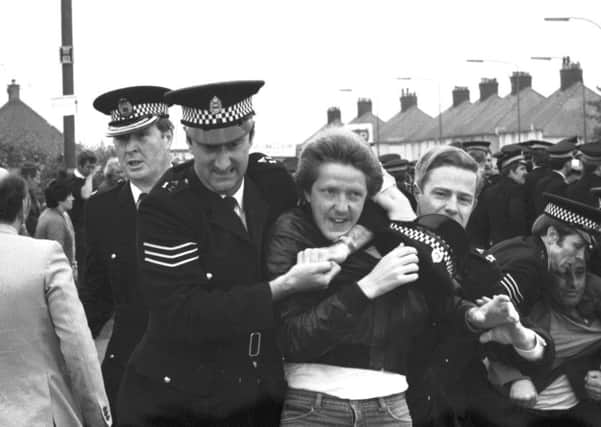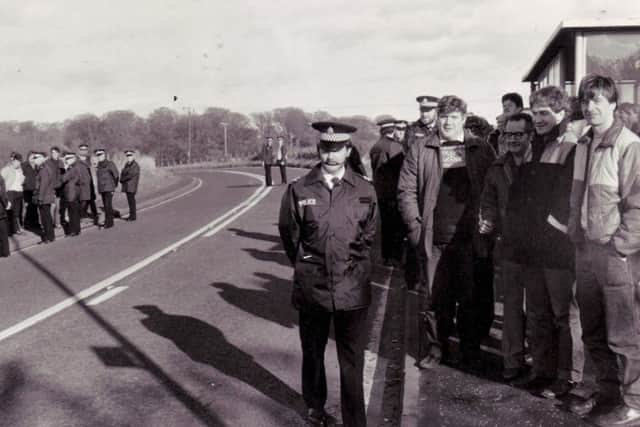Independent review into 1984 miners' strike comes to Fife


It wants to hear the stories of people who were involved in the bitter industrial dispute over 30 years ago.
The independent review was set up by the Scottish Government last summer to take a fresh look at the policing of the strike, and the impact those actions had on our mining communities.
Advertisement
Hide AdAdvertisement
Hide AdJohn Scott QC chairs it, and he will be at Lochgelly Centre on Tuesday, November 20 along with members of his advisory panel including Dennis Canavan, former MP and MSP; Jim Murdoch, professor of public law at the University of Glasgow, and Kate Thomson ex-assistant chief constable.


It is one of four meetings he is holding in mining communities across Scotland.
Mr Scott said: ““If you were a miner, part of a mining community, a police officer or in some other way affected by, or involved in, the strike, I am really interested to hear about your experiences. If you can, please join us at one of these events, or respond to our call for evidence.”
The Lochgelly session is open to all – there is no need to make an appointment.
Advertisement
Hide AdAdvertisement
Hide AdThe evidence gathered will help inform the report and any recommendations made by the group to the Cabinet Secretary for Justice.
The public events are running alongside the wider call for evidence, which is open until the end of November.
The strike was the last major industrial dispute in the UK – and one of the most bitter in history.
At its height it involved an estimated 142,000 miners, led by NUM president, Arthur Scargill, who went head to head with the Government of Margaret Thatcher.
Advertisement
Hide AdAdvertisement
Hide AdThe strike saw the launch of soup kitchens and a huge network of fundraising to support the miners as picket lines became a daily feature at all collieries, including Seafield.
But nationally, it was marred by violent confrontations between miners and police – many miners arrested subsequently spent years trying to clear their names.